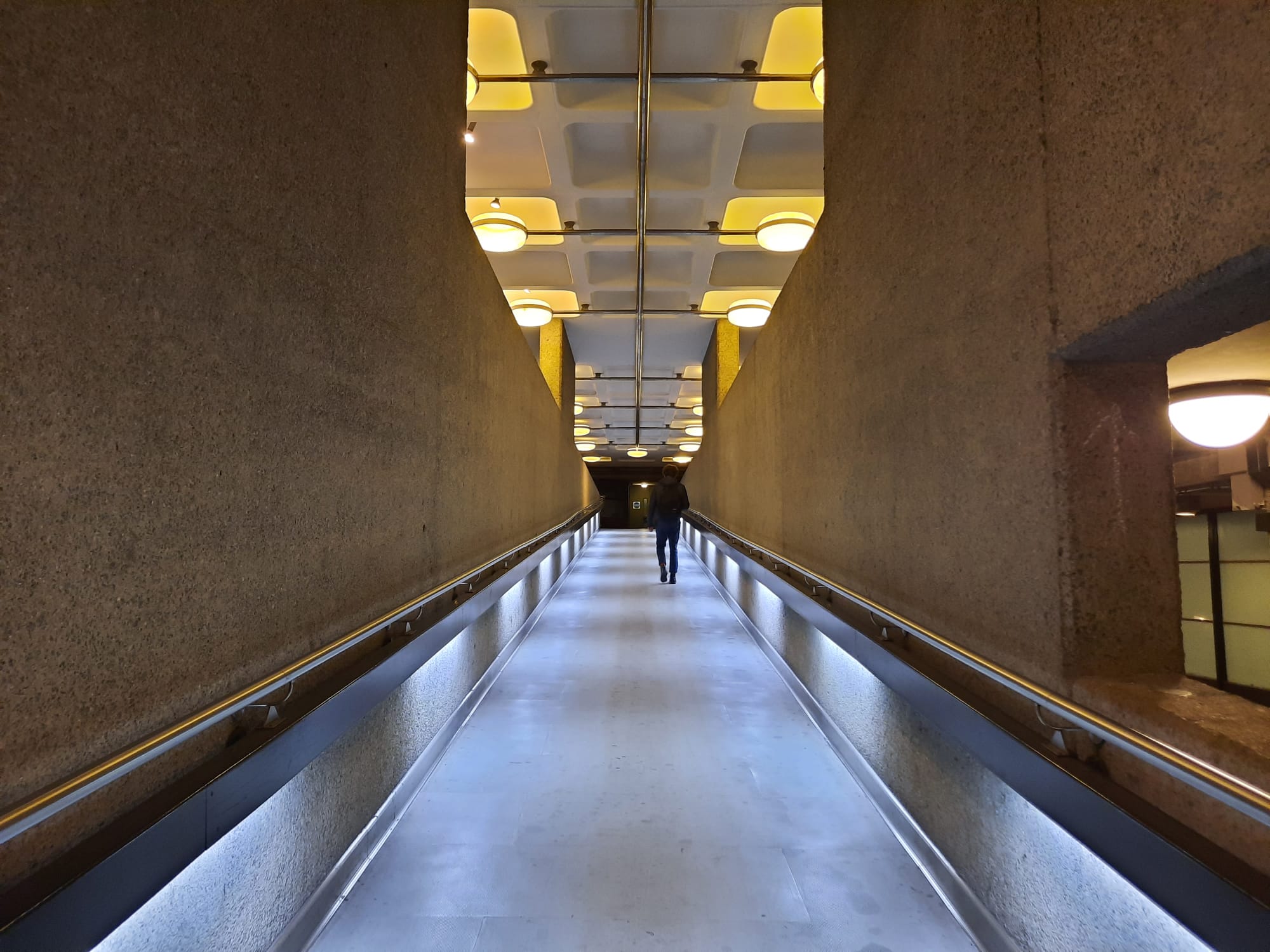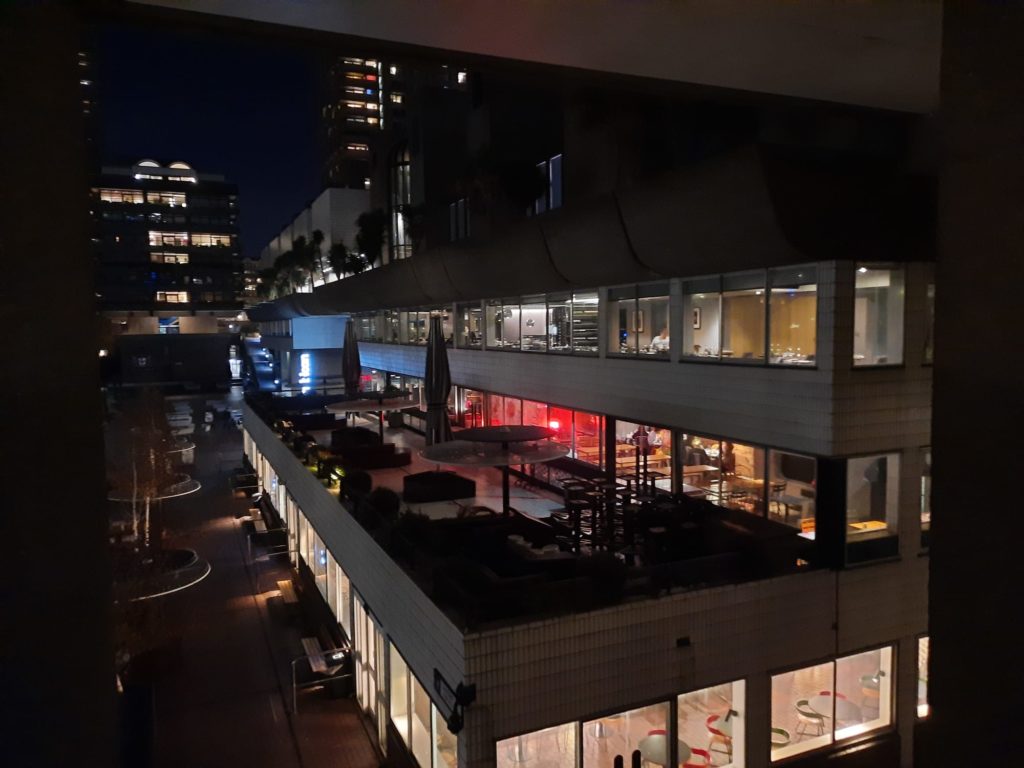Awavena – Lynette Wallworth/Barbican, London
A virtual reality experience, filmed by Lynette Wallworth in collaboration with the Yawanawá people of the Brazilian Amazon. Whether it is a documentary or a form of medicine depends on your point of view.
Awavena
I’ve had more virtual reality experiences in the last year than I had in my entire life up to this point. I saw VR theatre by ThickSkin. Experienced the world’s first VR opera, Current, Rising. Donned a VR headset as part of Alice in Wonderland and Van Gogh themed exhibitions (latter review coming soon). I’ve experienced the fun side of VR with friends. And now I have seen a film delivered through the medium of virtual reality. Or was it something more than a film? More on this shortly.
What is beyond doubt is that Awavena, now on at the Barbican, is the work of artist/filmmaker Lynette Wallworth. Wallworth tends to work with immersive environments; her previous works have included 360° film, interactive video, and another VR work. It is this previous VR work, Collisions, telling the story of Aboriginal elder Nyarri Morgan, which led to the creation of Awavena. Collisions was seen by Tashka Yawanawá, chief of the Yawanawá people. He saw something in the technology that would allow his people to share an important story, and reached out to Wallworth to suggest a collaboration.
Awavena is the result of this partnership between Wallworth and the Yawanawá. It is a relatively short VR experience at under 20 minutes. It combines filmed and animated sequences to tell the story of Hushahu Yawanawá, the Yawanawá people’s first female shaman. She shares how she felt called to become a shaman even when that path did not seem open to her; her training under the late shaman elder Tatá Yawanawá; her visions; and the change she has seen in her people since becoming a shaman. It’s an immensely powerful story, which draws a direct link from equality of opportunity to gains in women’s health, happiness and empowerment.
Telling Indigenous Stories
The Barbican have a strong track record of giving a platform to Indigenous voices. Although it was the work of a European photographer, the community involvement behind Claudia Andujar: The Yanomami Struggle, which I saw recently, is an example of this. Representing Indigenous stories on their own terms can be a challenging task, however. Western audiences tend to favour stories of Indigenous peoples ‘frozen in time’. This idea has a long colonial legacy, and privileges the ‘traditional’ over progress. What is so interesting about Awavena, therefore, is that it is a story of change within Yawanawá society, told on their own terms as part of a technologically innovative project which they initiated.
Reading through the virtual programme for the event, it seems that the Yawanawá chief, Tashka Yawanawá, played a large role in this forward-looking initiative. Tashka was the youngest ever chief of the Yawanawá at 25. He took on this role after pursuing higher education in order to better fight for the rights of Indigenous people. Together with his wife Laura, he has reinvigorated Yawanawá culture, extended his people’s official territory, and created sustainable and positive links with the outside world – economic and social.
The example of Tashka Yawanawá, as well as Hushahu Yawanawá and her journey to become her people’s first female shaman, are thus empowering for a number of reasons. Firstly I found their stories personally inspiring. But they also serve as an example of how to tell Indigenous stories without “othering” the cultures they belong to and insisting that they remain frozen in an exotic past. Rather, by seeing the ways in which different people react to the challenges of a changing world, we can more easily recognise what we share as well as opening our eyes to different ways of being in the world.
The Awavena Experience
Watching Awavena shows how good VR technology is getting. Visitors are taken into a room in groups of six. Each has a swivel chair, as well as VR headset and headphones. The technology worked seamlessly, and we were free to spin on our seats to explore the world around us. I felt transported to the Amazon as I looked at the muddy waters of the river; a blazing fire; chickens wandering about near a communal house. At other moments in the story, animation took over in order to convey Hushahu’s experiences after taking ‘medicine’: what we would term mind-altering substances. Whether the real world or a vision, the experience is utterly immersive. Wallworth creates powerful moments as part of the experience, for example by having Hushahu look directly into our eyes before crossing a bridge which represents the journey from reality to the spiritual realm.
This feeling of being transported, of being in another place brings me back to the idea of medicine. For Yawanawá people, medicine can be something that transports you. That opens a portal. Tashka Yawanawá therefore sees Awavena as a medicine; it is transmitting a story to us, but also transporting us there. In a very powerful moment of the experience Hushahu talks about how shaman elder Tatá Yawanawá foresaw that strangers would come to Yawanawá territory. And now, here we are. It’s a moment of great intimacy, which helps to break down the barriers of how strange the concept of this VR experience as medicine may seem.
Awavena is well worth a trip to the Barbican to see, despite its relatively short length. From the subject matter to the mode of delivery, it shows us how embracing change can forge new and better paths; how much we have in common as people, despite differences of geography or custom.
Salterton Arts Review’s rating: 4.5/5
Awavena on until 4 December 2021
If you see this after your page is loaded completely, leafletJS files are missing.



2 thoughts on “Awavena – Lynette Wallworth/Barbican, London”